Anatomy of the ankle
The ankle joint is a hinged joint formed by the meeting of three bones. The end of the shinbone of the lower leg (tibia) and a parallel small bone on the outside of the leg (fibula) meet a large bone in the foot, called the talus, to form the ankle. The end of the tibia forms the inner medial portion of the ankle, while the end of the fibula forms the outer lateral portion of the ankle. The hard, bony knobs on each side of the ankle are called the malleoli. These provide stability to the ankle joints, which function as weight-bearing joints for the body during standing, walking and running.
Ligaments– which attach bone to bone, on each side of the ankle also provide further stability. The lateral collateral ligaments(a group of three from the lateral malleolus to the talus and heel bone the calcaneus) tightly strap the outside of the ankle and help resist injury, going over on your ankle, through inversion. The medial collateral ligament has 4 parts which attach the malleolus to the talus, calcaneus and navicular bones in the foot. It is strong and flat and supports the inner portion of the ankle, from eversion injuries, going in on your ankle, which are less common than inversion injuries.
Tendons- which attach muscles to bone pass over the ankle joint from the lower leg to the foot wrapping around the ankle joint from front and behind.
The ankle joint itself is surrounded by a fibrous joint capsule. The large tendon (Achilles tendon) of the calf muscle passes behind the ankle and attaches at the back of the heel. A large tendon of the leg muscle (posterior tibial tendon) passes behind the medial malleolus. The peroneal tendon passes behind the lateral malleolus to attach into the foot.
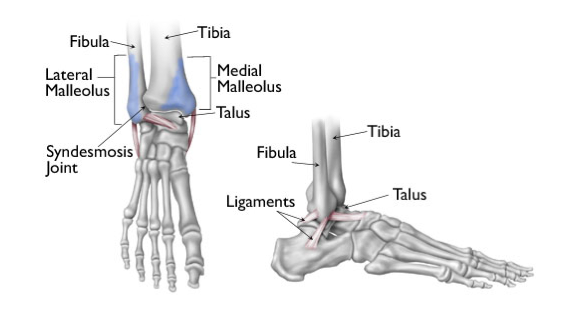
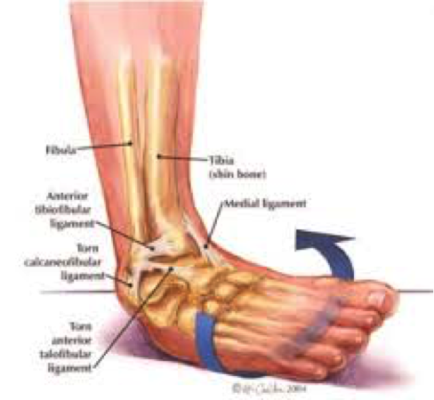
Ankle sprains are one of the most common musculoskeletal injuries. Sprains are injuries to the ligaments of the ankle, causing them to partially or completely tear as a result of sudden stretching.
A sprain can occur on either or both of the inner and outer portions of the ankle joint. Ankle sprains more commonly happen when there is a pre-existing muscles weakness in the ankle area or a history of previous ankle injuries.
The typical injury occurs when the ankle is suddenly “twisted” in a sports activity or by stepping off an uneven surface. The pain is initially severe and can be associated with a “popping” sensation.
Immediate swelling over the area of injury often occurs as the injured blood vessels leak fluid into the local tissue.
Examination of the area may cause severe pain when the ankle is moved. The degree of pain may not necessarily indicate the degree of damage to the ligament(s).
Ligament injuries are often graded from I to III, ranging from partial to complete tears.
Partial tears retain some ankle stability, whereas complete tears loose stability, because the strapping effect of the ligaments no longer brace the ankle joint.
After an examination, significant ankle sprains are commonly evaluated with an X-ray. Xrays can determine whether there is an accompanying break (fracture) of the bone. Ankle fractures can occur without significant trauma in people with weak bones, such as from osteoporosis. Sometimes these fractures are tiny stress fractures along the bone. These are typically associated with pain and tenderness.
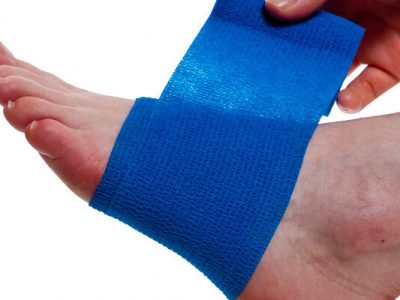
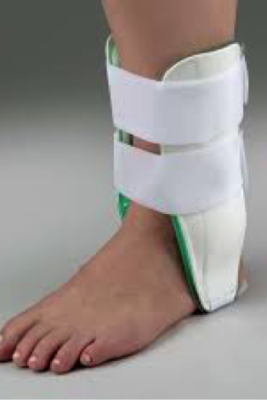
Treatment
Acute ankle sprains are initially treated with –
1. Ice– Ice packs help reduce the swelling of the area and can reduce pain.
2. Rest
3. Compression and strapping
4. Limit activity
Limit the amount of walking and weight-bearing on the injured ankle.
5. Raise the leg up to reduce swelling
6. Use crutches- they are often recommended to avoid further trauma to the injured ligaments.
7. Pain killers can be given to reduce pain.
8. Immobilisation-Patients with severe injuries are placed in immobilization casts/ boots.
For less severe injuries a splint like this below can help a lot.
Surgical repair of grade III injuries is considered, especially for those patients contemplating future athletic participation.
Physiotherapy
Minor strains can be treated more aggressively with taping of the ankle to aid stability, followed by hydrotherapy to encourage normal walking and to help regain the full range of motion and strength in a safe off loaded enviroment(see video Hydrotherapy for ankles)
This will progress to both mobilising and strengthening exercises out of the water as pain allows. You will be shown how to tape your ankle to prevent reoccurence.
See Exercises for the ankle
It is also very important to work on balance/ proprioception to prevent further injury and help a safe return to normal walking, running and sport.
See Balance exercises
More severe ligament tears will be treated more gently and the treatment will depend on the severity of the damage and whether any surgery is needed.

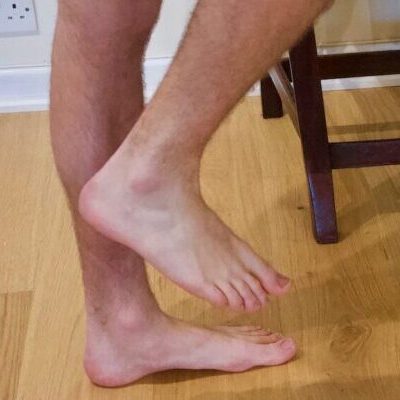
In severe injuries sometimes a piece of bone can be pulled off
You can sustain a fracture when you turn over on your ankle. Fractures are treated by immobilising the joint in the correct position for healing. Depending on the severity the consultant may decide that it would be better to pin the bones and you will then be put in a boot.
With severe ankle injury, such as following a car accident, dislocation of the ankle joint can occur. Ankle dislocation is a serious injury and more often than not needs surgery.
Physiotherapy is a very important part of treatment following any ankle injury including fractures. The physiotherapist will help reduce the swelling and help you to regain the full range of motion and strength of the ankle.
The physiotherapist will also work on gait rehabilitation to eliminate any limp, proprioceptive work to help retrain normal balance reactions and generally making sure the ankle returns to full function especially if returning to sport.
What is the prognosis for ankle injury?
The prognosis after ankle injury depends on the severity. Often ankle pain resolves in days to weeks after injury but the ligament will not be fully strong before 6 weeks. However, if it was a severe ligament injury you may be left with chronic ligament laxity which may cause pain and instability
To avoid further problems, it is very important to treat the injury properly the first time you do it and do not just carry on running on the ankle until you are sure that you are fit.
Learn to tape the ankle with K tape or something stronger to protect it from further injury.
Make sure you do a full program of strengthening and balance training.
Make sure you have the correct footwear for each sport.


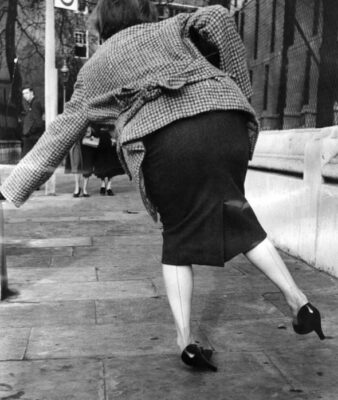
I got what you intend,bookmarked, very decent website.
I reckon something truly special in this website.
Some really great info, Gladiola I detected this. I’m not spaming. I’m just saying your website is AWSOME! Thank you so much! Please vist also my website.
It抯 onerous to search out educated people on this subject, but you sound like you already know what you抮e speaking about! Thanks
After examine a few of the weblog posts in your web site now, and I really like your manner of blogging. I bookmarked it to my bookmark web site record and might be checking back soon. Pls take a look at my website online as well and let me know what you think.